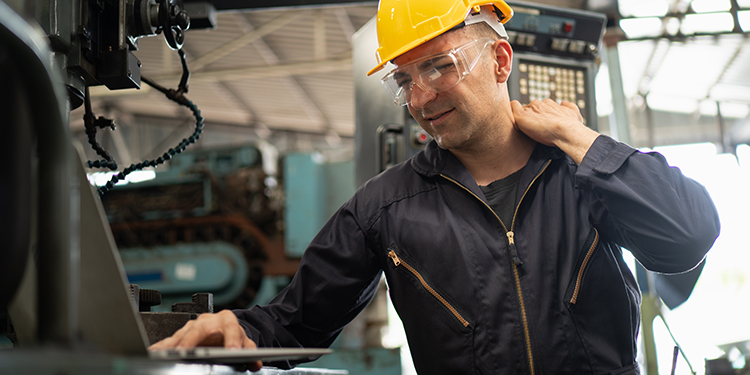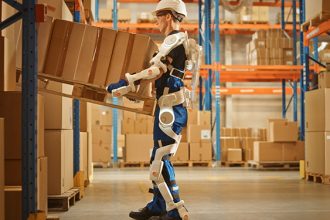Easing The Pain Of Worker Strain In Manufacturing

When it comes to ergonomic solutions in a manufacturing environment, numerous options exist for easing the physical strain on workers. Although the work being performed can vary greatly depending on the location in the plant and the operation required, some basic steps can be taken to reduce the need for lifting, bending, and reaching activities. Taking specific actions may significantly reduce the risk of back and shoulder strains or more serious injuries.
When creating an ergonomically friendly manufacturing environment, one of the first steps is to fully observe the worker and the activities being performed. In conjunction with the observation, conversations with the worker about the steps in the process and what is being witnessed can be vital. Some of the top ideas to address:
Is the worker required to lift an object manually? Especially if repetitive lifting is part of the process, considerable strain may be placed on the body. Many companies have mandated that no manual lifting can occur once a weight exceeds a certain amount. Often this weight limit is set at a level that seems very reasonable (such as 20 pounds maximum). However, if a worker is required to lift even a light weight repeatedly throughout the workday, the cumulative wear on the back and shoulders can be great.
Many companies turn to overhead cranes, hoists, and related devices to address heavy lifting. However, when it comes to lightweight materials, numerous options exist as well. Tilting bins that bring materials to the prefect height for processing, lift tables that may be adjusted to raise or lower the component to the proper level for the operation, and intelligent lifting devices that can be programmed for the exact work being performed are a few of the options available.
Are there actions in the process that can be removed? At times, the observation and interviewing will uncover actions that may seem to be a waste in the process. Sometimes this is due to bad habits, other times due to a misstep in the initial training. In some instances, the full process has changed, but portions of the “old” processes linger. This is apparent when workers have to walk numerous steps as part of the process or reach for necessary components or tools to complete the job.
Often, workers do not even realize they are making these extra movements in their work process until an observation and interview takes place. Frequently, the process can be changed to eliminate extra steps, such as reaching or bending, that are not needed. Other times an adjustment to the equipment being used may be the answer. Adjustable workstations that can be modified based on the work being performed, the height of the worker, or other related factors may eliminate unnecessary bending. Rotating parts pins and adjustable tool hangers may also assist with this effort.
With so many operations taking place in a manufacturing environment — and so many variables involved in creating an ergonomically friendly workspace — it is important to understand the exact work being performed in order to pinpoint potential problem areas. By thorough observation, in conjunction with interviewing the worker performing the job, steps may be taken to change processes or equipment in subsequent phases of the program.
Looking for more ways to improve the ergonomics of your workforce? The members of the Ergonomic Assist Systems & Equipment (EASE) Industry Group of MHI offer a variety of checklists for free download, here.



